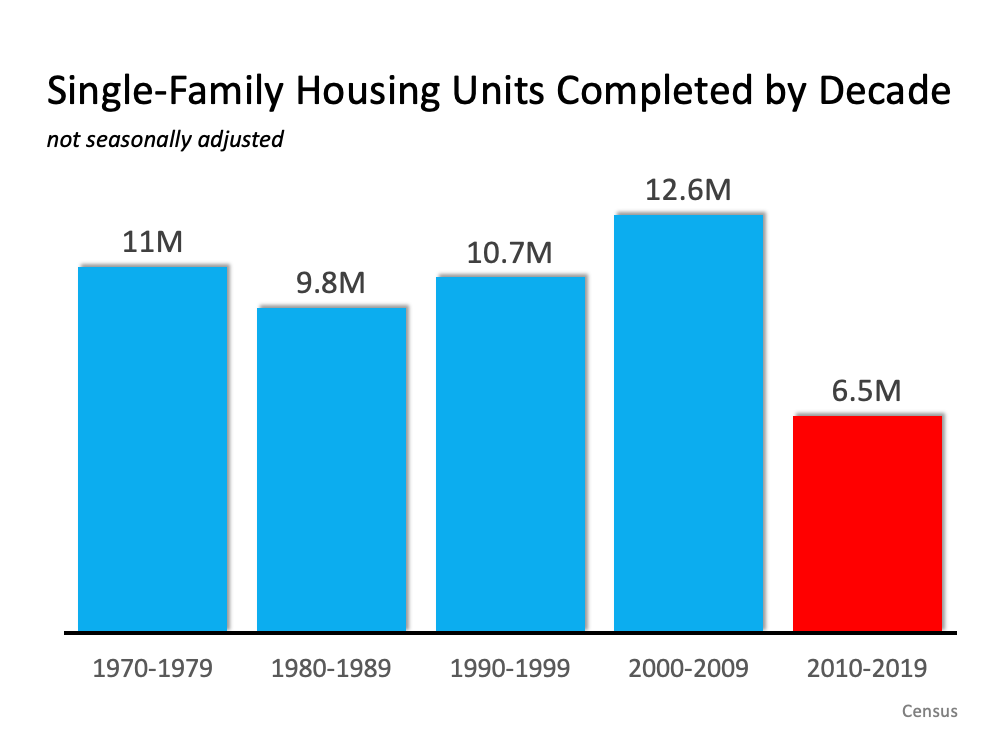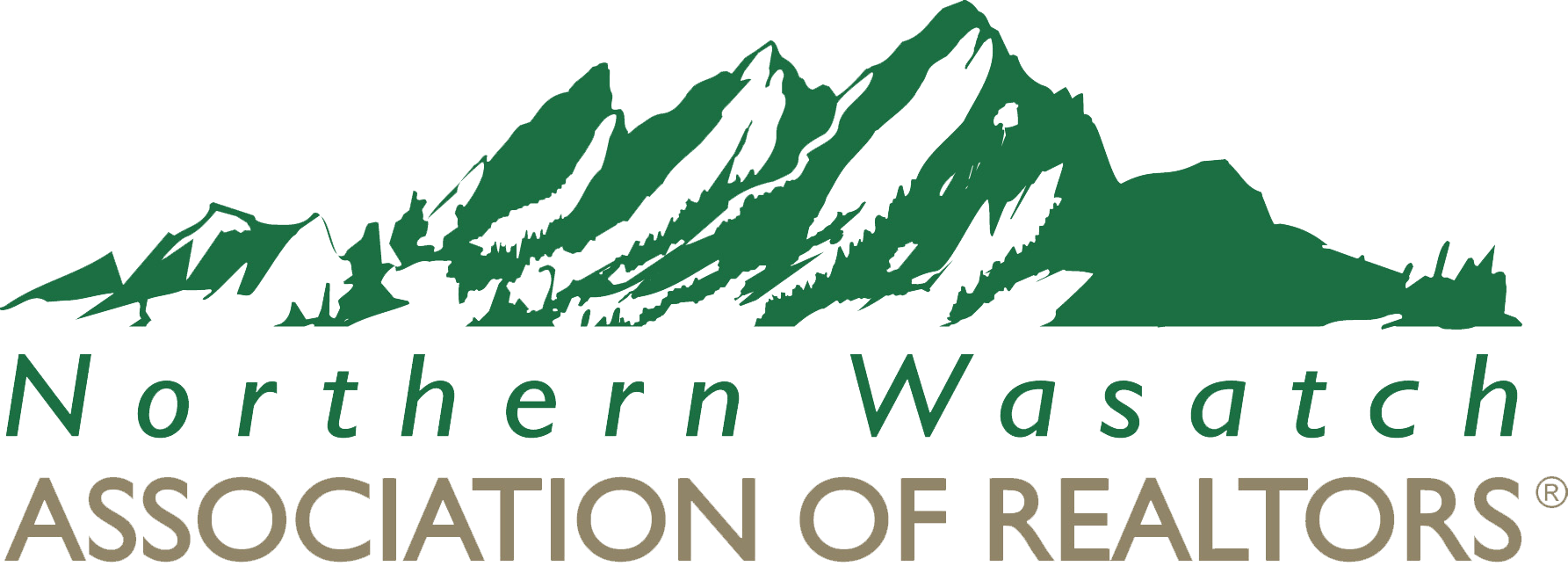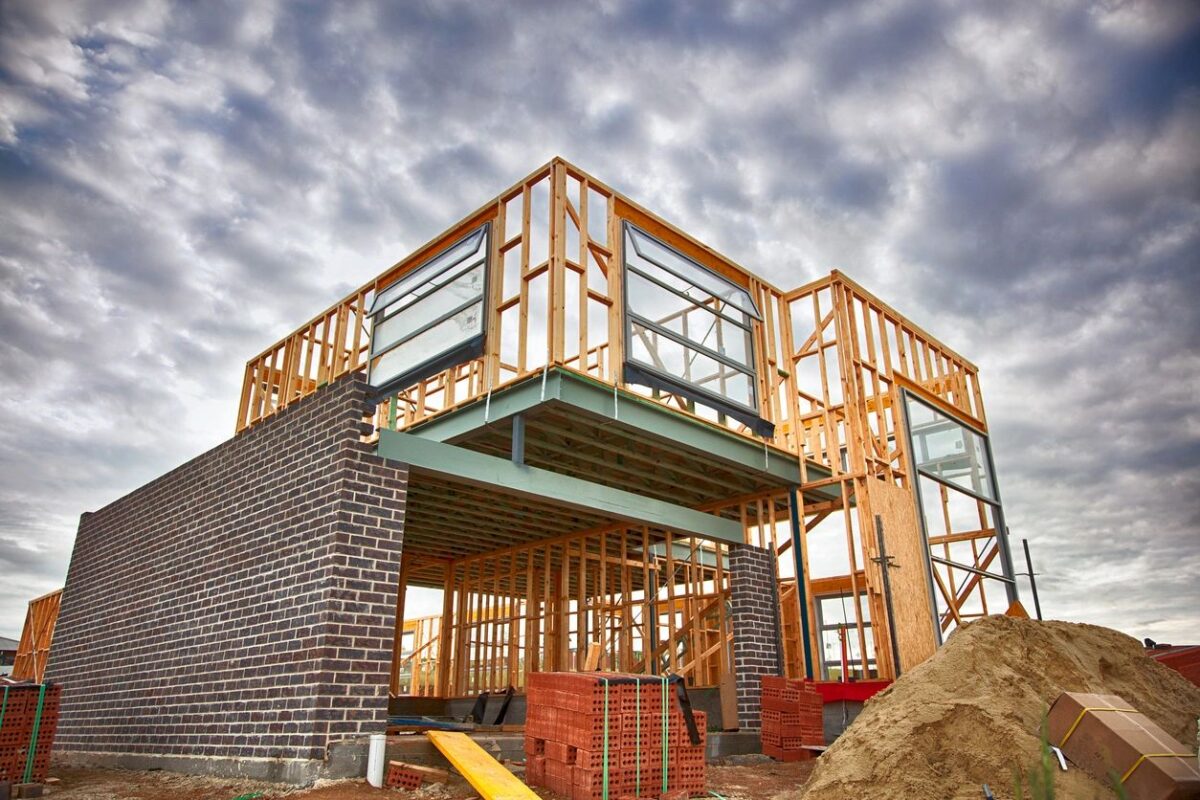Adam Speth
2023 President, Northern Wasatch Association of Realtors
Labor shortages, high financing costs, supply challenges and regulatory issues are holding back the home-building industry both in Utah and across the nation.
In fact, Utah homebuilding permits fell 19.4% in 2022 — one of the highest drops in the country, according to a report from Point2. In Ogden-Layton, the pullback was even greater with permits down 34% — bad news for our already-historic-low housing inventory problem.
Data from the Ivory-Boyer Construction Database shows a similar pattern. Utah residential permits dropped 29% in 2022, and January 2023 residential permits were at the lowest level in the past five years.
After a record year for homebuilding in 2021, the pullback is concerning since it may hurt Utah’s efforts to reduce the state’s housing shortage. Last summer, for example, Utah’s housing gap fell to 31,000 units, down from a high of 56,000 units in 2017. That’s according to a report from the Salt Lake Board of Realtors authored by Jim Wood with the Kem C. Gardner Policy Institute.
Without adequate building, the shortage could intensify since Utah needs about 24,000 new units constructed each year to keep up with new households. That’s based on a historic average of 7.1 permitted units per 1,000 people, according to Kem C. Gardner data from 2000-2020.
New construction activity is also needed to calm inflation and create affordable homes.
Robert Dietz, chief economist of the National Association of Home Builders, recently told Realtors that shelter costs have kept going up even as inflation on other goods has gone down. Not only does shelter make up a large share of the Consumer Price Index at 40%, but shelter is a “sticky source of inflation,” Dietz said, something the Fed can’t solve by raising interest rates. Only more building can reduce housing inflation.
“There’s only one way to tame shelter inflation, and that’s to build more affordable, attainable housing …,” Dietz said. “It’s the building industry that ultimately is going to tackle that source of inflation, and, in a sense, homebuilding is the anti-inflation policy we need.”
Tight credit is one reason for the recent reduction in home-building activity. Acquisition, development and construction loans have been tightening for past the four quarters, Dietz said. In fact, the average annualized rate on a builder loan is 11-12%, much more expensive than the typical mortgage.
“By raising interest rates, [the Federal Reserve has] made it more expensive to build and develop housing, and because of the scarcity of the housing stock, the shelter component of inflation continues to rise, making inflation worse,” Dietz said.
Government regulations also add to the cost of housing. The National Association of Home Builders estimates that about a quarter of the cost of a newly built single-family home is from regulatory costs. That equates to about $94,000 for a typical home and $200,000 in a high-cost market.
“It’s often this contradiction where state and local policymakers will say ‘Why don’t you builders build more entry-level housing?’ ” Dietz said. “It’s impossible to build entry-level housing when you’ve got — without even putting a shovel in the ground — $200,000 in costs.”
Along with regulatory burdens, Dietz also expects builders to continue to face labor and lot shortages as well as supply chain challenges, especially for lumber.
“The fundamental economic challenge of the housing market is a lack of inventory,” Dietz said. “How do we solve that lack of inventory? We’ve got to build more housing.”
Local Realtors are working to solve this inventory shortage by promoting the construction of starter homes — units designed for first-time, owner-occupant buyers.

These starter homes provide an entry point into real estate and homeownership. Examples include townhomes, patio homes, condos and small-lot, single-family homes. While starter homes often attract first-time buyers, they are also appealing to anyone wanting to downsize into a more manageable living space.
A starter home can also be a stepping stone to a larger or more permanent residence because it starts the process of building equity and wealth. When you’re ready to upgrade to a more spacious or desirable property, you can use the proceeds from your first house to help you get there.
Because starter homes help people make the leap from renter to homeowner, it’s essential that we create more of them so Utahns can begin the process of building wealth.
The good news is we could see more starter homes over the next five years because Dietz expects interest rates to normalize and builders to increase production — but local cities will also need to allow those homes to be built.
“I think the back half of this decade looks really good for home-building, and we’re going to reduce that housing deficit if we can just get a little help from housing policymakers,” Dietz said.
To learn more about housing construction opportunities in your area, contact a local Realtor. A directory of Northern Wasatch Realtors is available at NWAOR.com.

